A few hiccups, but all in all a rather patriotic weekend
Several weeks ago, just as the Diamond Jubilee weekend came into joyous but rather rainy fruition, I made my way down to the South West of England to an area largely controlled by the Ministry of Defence (this area is specifically dedicated to the training and study of tanks and tank warfare).
Whilst the nation mostly glued themselves to the TV screens and watched the pageant float down the Thames in bouyant style, I was intrigued with what kind of Britain I might see around an area so tied up with the Defence of our glorious realm. Here are some pictures of some of the things I saw:
[NB: this originally was a reconnaissance project for something which I am now putting on the back burner – but do watch this space]
Landmarks on look and feel
Here are some examples of the kind of work that I’ve been looking at recently as part of the research into my project. I think the work of Roman Sakovic and Tamas Dezso are worth putting together as they depict landscape in similar ways. There is a sense of detachment both in the pulled back position of the camera, the rigidly formal approach, and the use of desaturation that isolates the subjects from us. We look, clinically. The two are withdrawn surveys of landscape, its character, and its development; as beautiful as they are cold and alien.
Whilst Roman Sakovic’s work is as strong as Dezso’s, I find the variety of subject in the latter more compelling and I feel that my inquiry should not only be restricted to landscape but could also include interiors and portraits. There are telling details in everything but they just need to be united within a particular look and feel, as Deszo has so evocatively demonstrated.
Images from Tamas Dezso’s Here, Anywhere
Images from Roman Sakovich’s Transformation
The stories of Tyneham and Lulworth: initial thoughts on my Major Project
From the 1980s to the 1990s the historian Patrick Wright made many trips to Dorset. His targets were Lulworth and the valley of Tyneham, as part of the extensive research he was undertaking for his book The Village that Died for England: the Strange Story of Tyneham. His book concerned the fate of the small village of Tyneham and the surrounding area, a village that had been evicted during the 1940s to enable the MOD to train their tanks as part of the Second World War war effort. It was subsequently never returned to the villagers. Now still largely controlled by the Ministery of Defence for the training of tanks, the majority of the Lulworth area is a patch of British countryside that remains untouched by modern developments such as agriculture and heavy tourism (save for quite a few tank shells obviously). According to his book ‘it has lurked in the national imagination ever since as the symbol of a vanished England’.
With a keen grip on the history of the area and its ability to relate to wider themes within Britain’s development, Wright’s research trips allowed him to identify significant locations, people, and events that would help him put the pieces of his story together. In his hands Tyneham and the surrounding area was not only a story about a specific area in England, it was an area which allowed him to investigate the hopes and fears of Britain as it came to terms with the advance of the 20th century: his book “investigates the strengths and weaknesses of ‘organic’ visions of the English countryside. It is concerned with opposed expressions of patriotism, the fear and appreciation of technology and military power, the tension between traditional ideas of English life and the transformations brought about by the modernising State.”
I am interested in Wright’s work because it is not just a study of surface appearances but is concerned with tracing a story of Britain, by unravelling and joining together the layers of history hidden at symbolic locations. It is these ‘historical’ points that I want to try to identify and photograph. I’m interested in loosely re-tracing the footsteps of the historian around the area with the same inquisitive eye, trying to ascertain elements which could be used to piece a story together about what this part of rural England was and what it is today. I’m hoping that the kind of images I make will make something that will not just be about a specific location but will allow me to explore what aspects of this area have symbolic potential and why this is. What is it that makes us see something as symbolic? What is it about a site or a way of photographing a place that allows it to comment to the way we think about our country? Which sites are more relevant to our sense of Britain than others and why? Will these images demonstrate a wider significance to the everyone else or will they just say more about my personal point of view of Britain? And most importantly, will anyone actually buy the vision of England that I’m presenting?
I have a few ideas about how this project could look like but I will add these in the coming weeks in more posts. I will also be visiting the area for the first time tomorrow on a five day camping trip. The weather forecast is pretty grim but this is all what being a fearless adventurer is all about, right? Let’s hope I can get to grips with the tent and the good old camp stove. Grrrr.
Focusing
Well it’s been a while.
I’ve been doing a lot of questioning of myself as of late. Being on an MA is pretty useful for that of course, but also the prospect of it ending and me then going out into the wide world has also prodded me into thinking what kind of photography do I want to be doing to help me onwards in my career. The possibilities are pretty wide. I need to narrow things down and focus.
Historically for me photography has always been a way of engaging with the moment. I’ve always tended to shoot first and to think second. My first ever project on cage-fighters and boxers didn’t have much planning or conceptualisation, it was born from raw curiosity and energy. Nothing was intellectualised. It was created from instincts, reflexes, and a lot of lucky moments. It was good training for a wide eyed enthusiast in love with Magnum era black and white reportage. However whilst it was successful, particularly as a homage to a genre, it is not the only way that I want to shoot.
Napoleon Dynamite was the first piece of work I handed in on my MA and had ambitions to be more conceptual than it was, yet it didn’t have enough of a visual idea to hold it together as a full photo essay. There were some nice images in there which were successful in their portrayal of the theatricality of the re-enactors history making, but there weren’t enough. And there weren’t enough because I hadn’t focused on that as the point of the essay. I was trying to shoot that as well as everything else. I needed more of a vision.
The re-think project that I just handed in marked a step in a new direction for me. Rather than focusing on a specific community / hobby / overly theatrical event it was born out of a process of walking. I walked through rural areas in England (Epping Forest and I walked a lot through Claverham near Bristol). I was interested in the goings on in these areas as well as their usefulness as places in which man and nature live side by side. Eventually I produced a dummy for a photobook out of this work. It marked a new step in my progress mainly because of the process in which it was made, as well as the fact that I shot most of it on medium format film. Where it needed more work was on the clarity of the idea and the relationship between that and the final images (that old problem again). There are some good frames in there but overall I think it needs streamlining. In my next project the research process will be more thought thorough and structured, and will need to start from a strong idea that I can explore and develop through photographing in the real world. I’ll also need to stick with to death this time. Oh focus, focus, focus!
Eagle eyes
“Some people are bullfighters, some people are politicians. I’m a photographer.”
The image is not mine but is a repost from my fave blogs in the World —> ‘If We Don’t, Remember Me‘. <—-Check more wicked animated Gifs from your fave movies just across the water on Tumblr.
Largest landscape picture ever painted
(Image found in this Daily Mail article from 2008)
Napoleon Dynamite – the movie
I recently finished this trailer for an upcoming short multimedia piece on my historical re-enactment project. The final film will be around 5 mins I expect so this 100-ish second piece is a bit of a taster of what’s to come. A big thankyou to Stephen Seymour of the 94th Regiment of Foot and Keri Tolhurst of the 50th Regiment of Foot, who both allowed me into their homes to film and interview them on their fascinating hobby.
Producing this trailer has been a pretty good learning experience. It’s amazing learning not only how powerful audio is but also how still and video have rather different qualities which do actually compliment each other. I’d definitely like to work more with them in the future.
The actual film hasn’t been finished yet but the trailer has been on time (I favour doing things the wrong way round obviously).
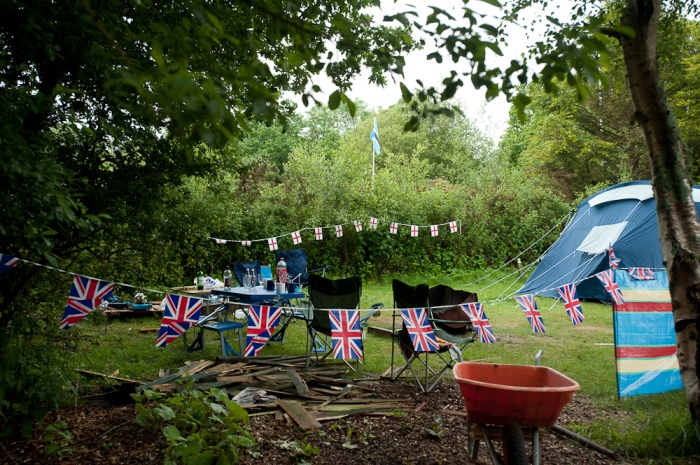
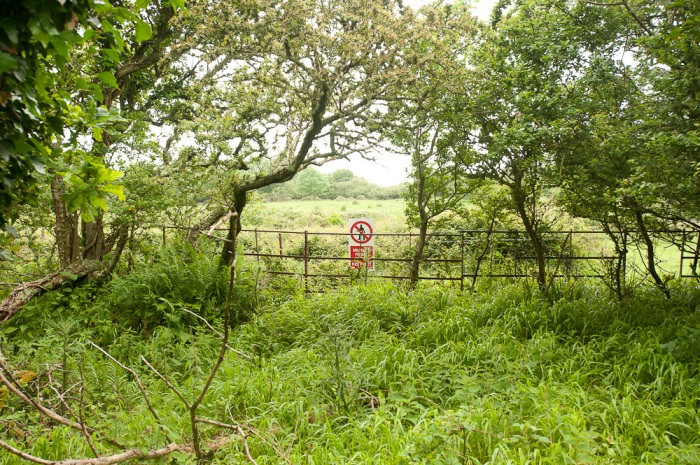
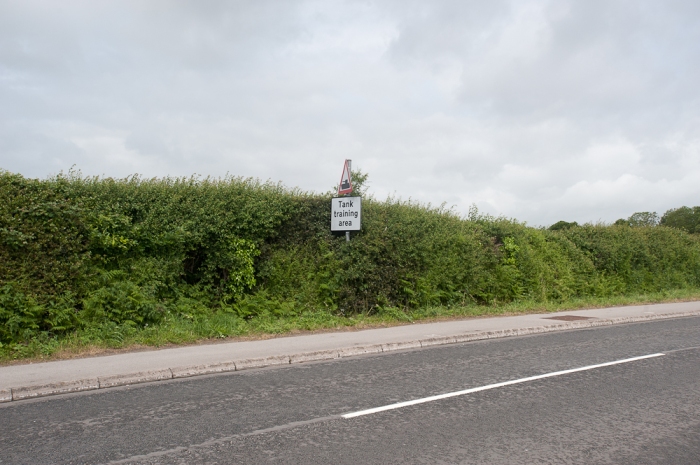
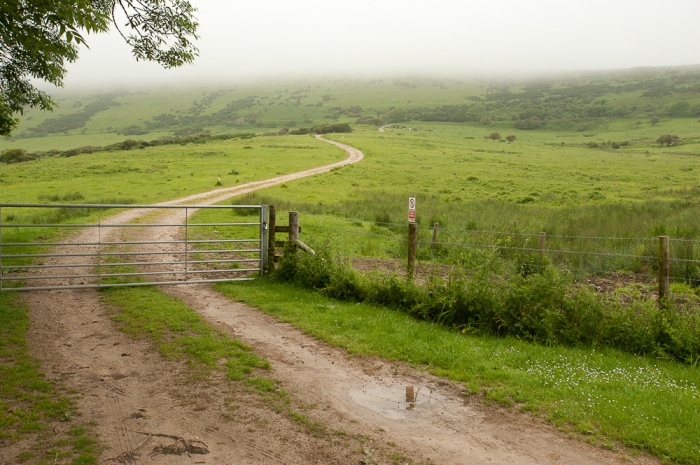
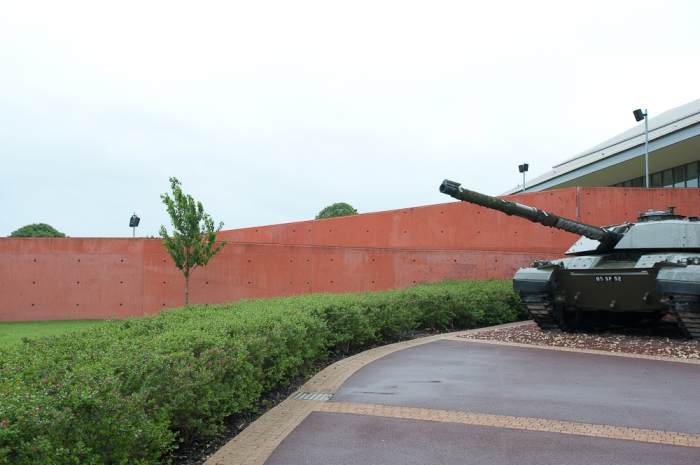
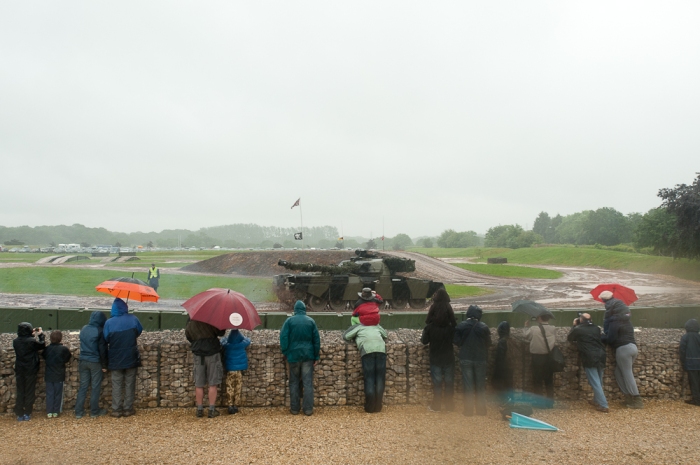
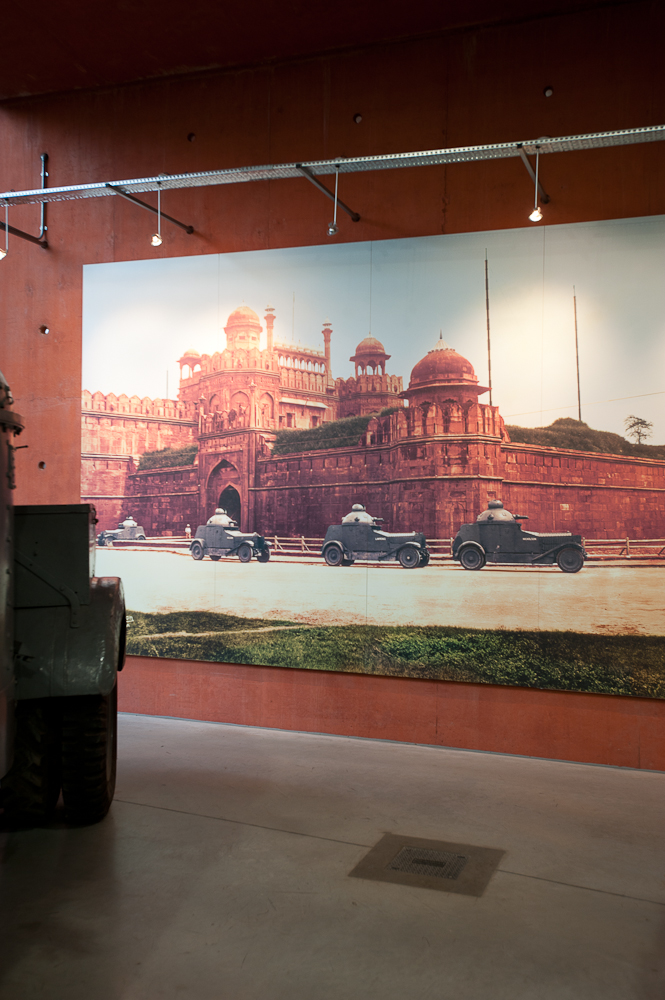
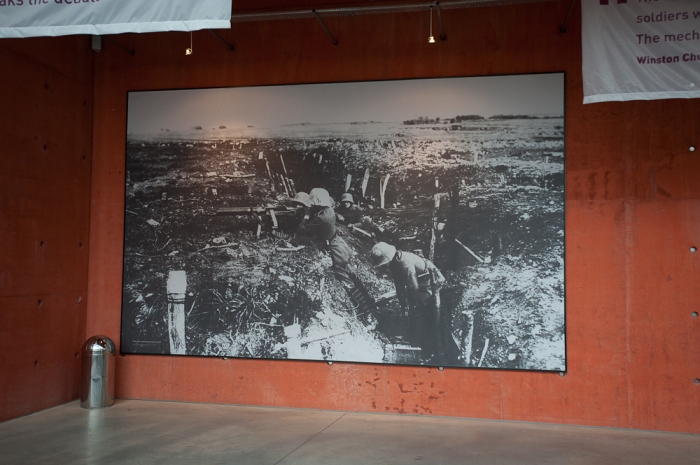
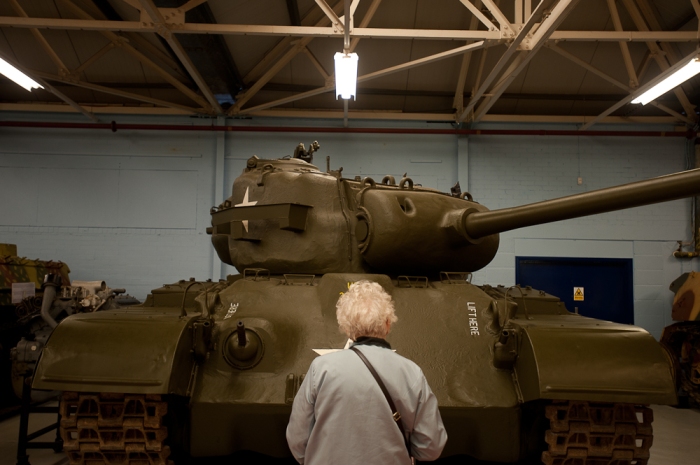
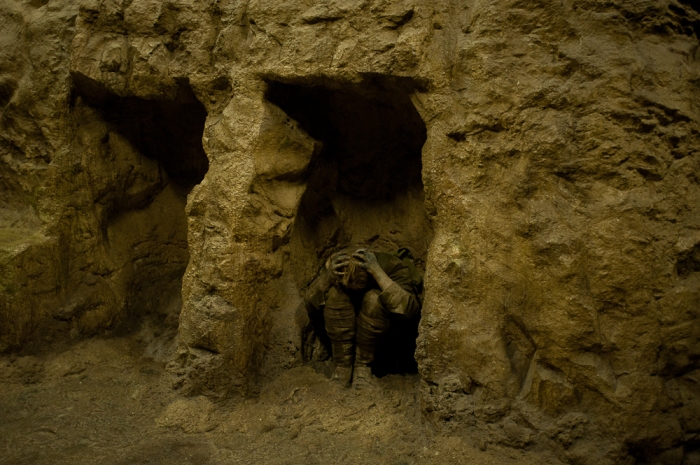
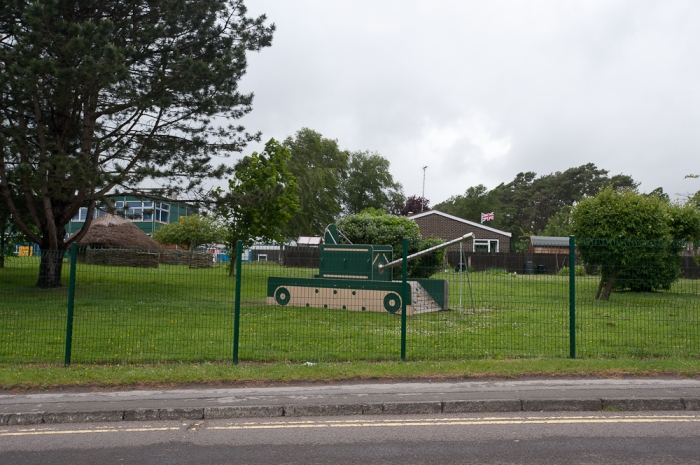
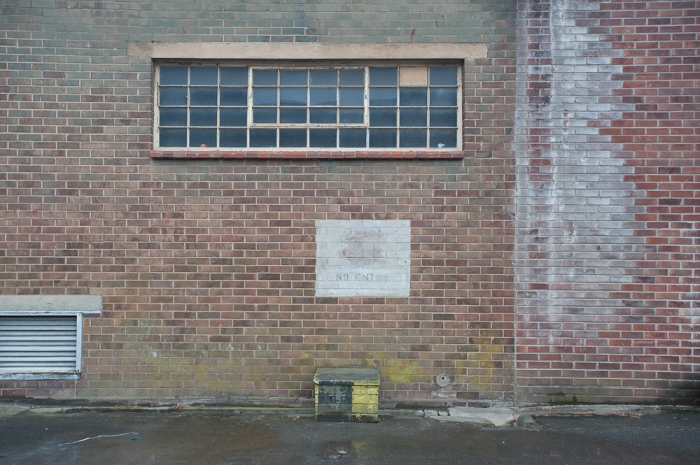
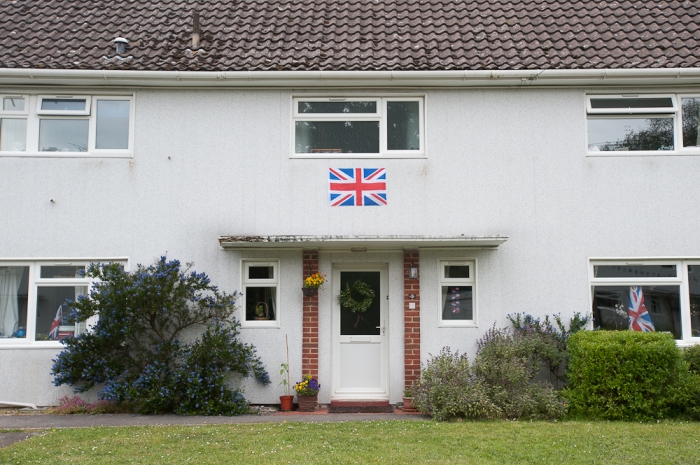
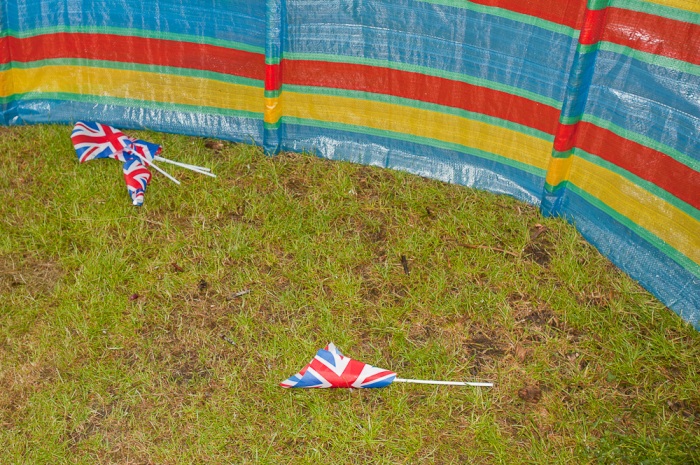



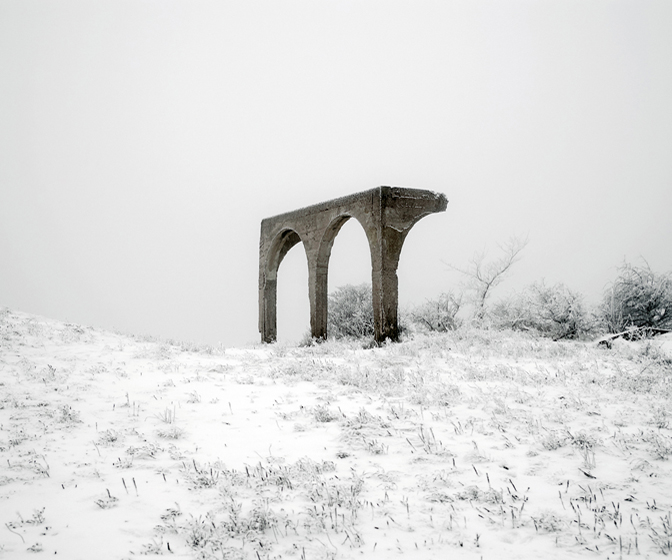




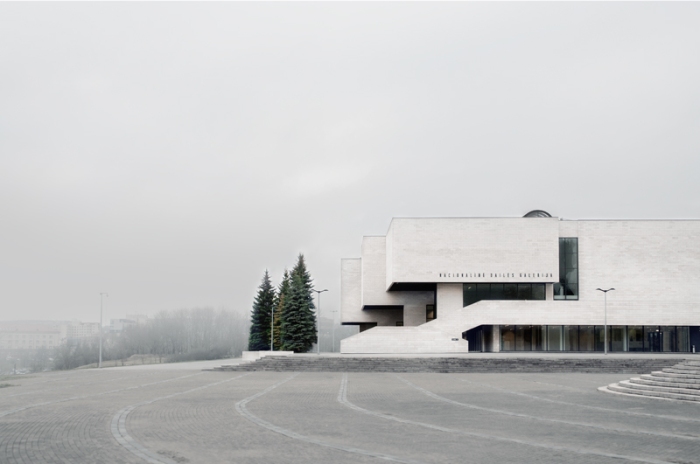
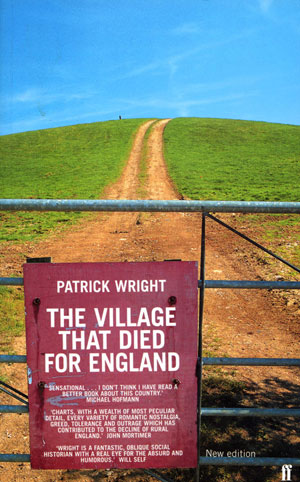
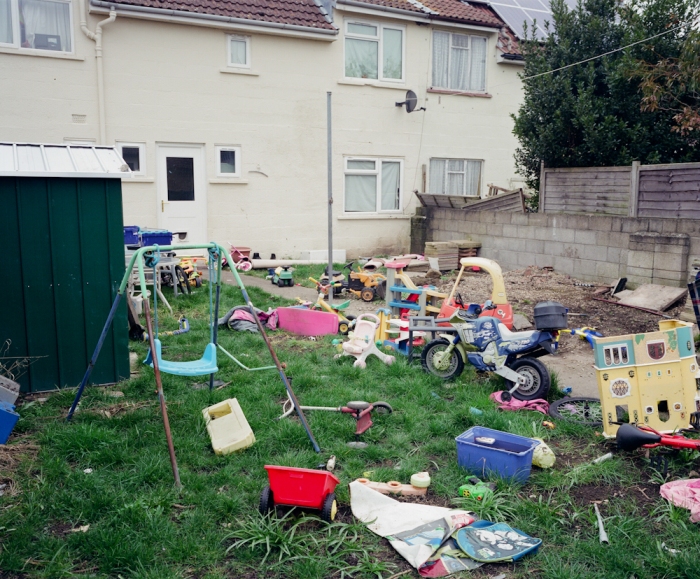
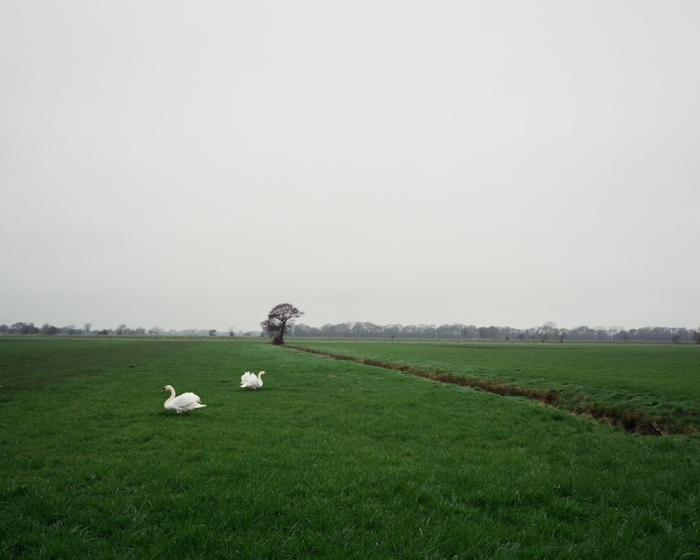
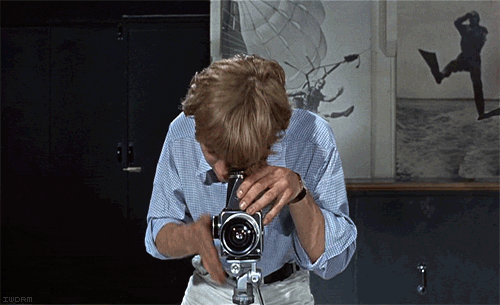
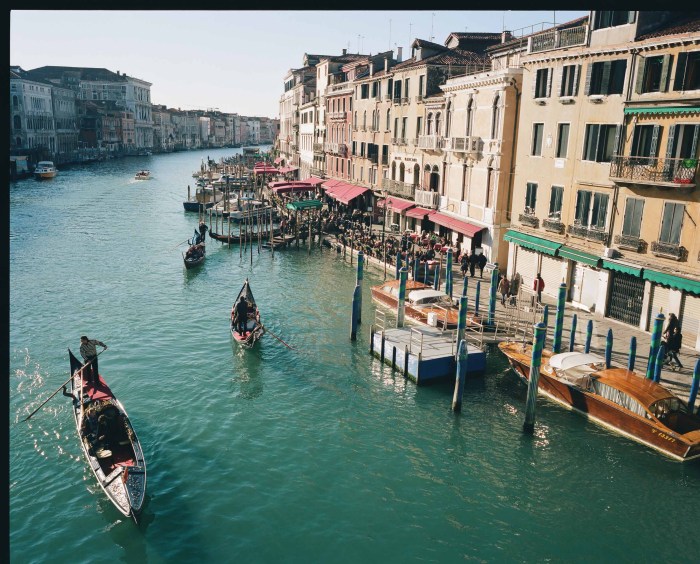
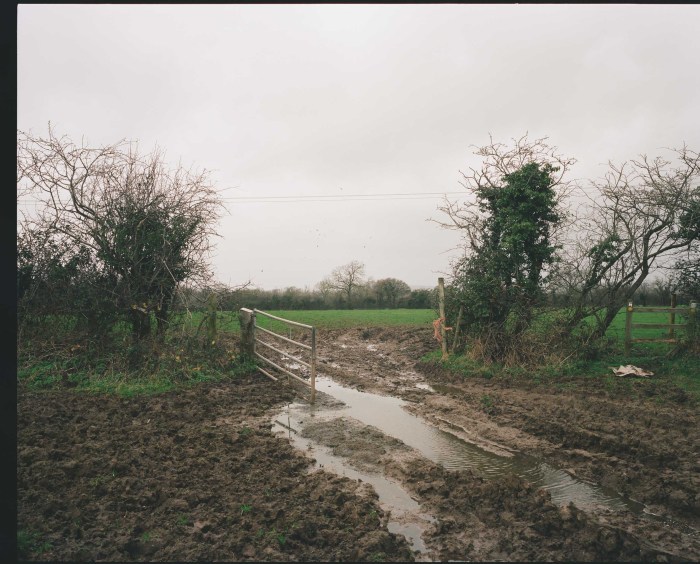
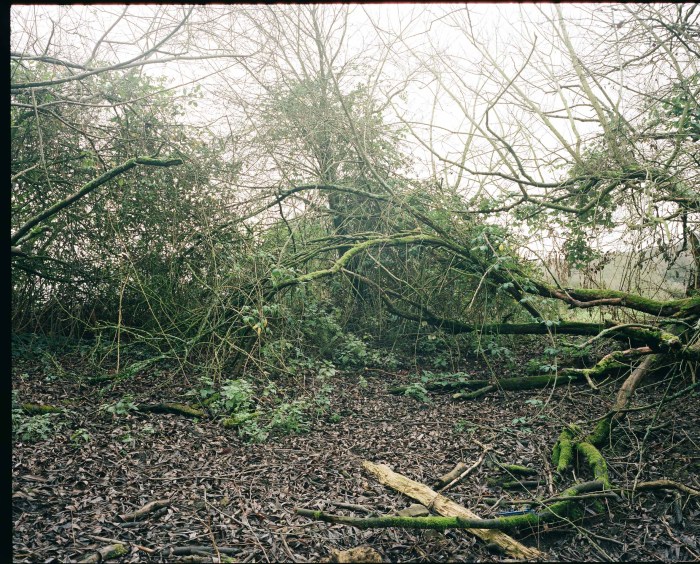
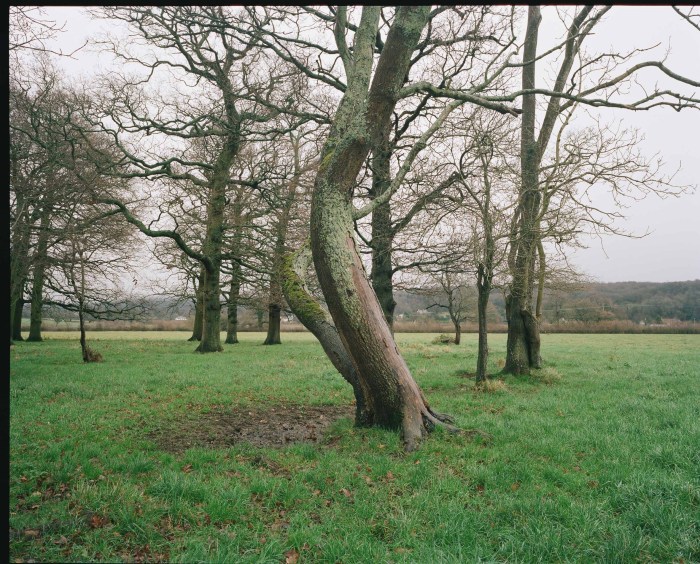


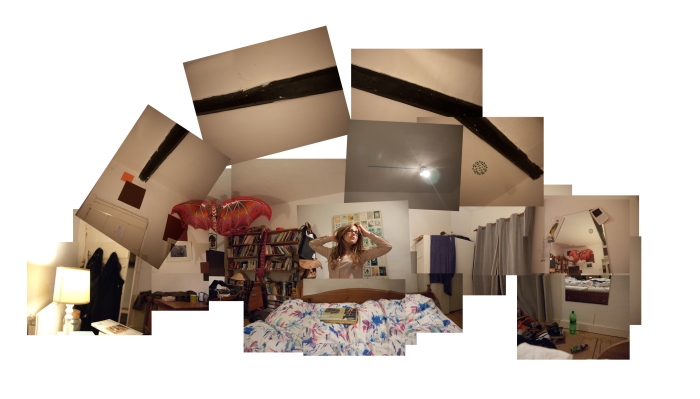
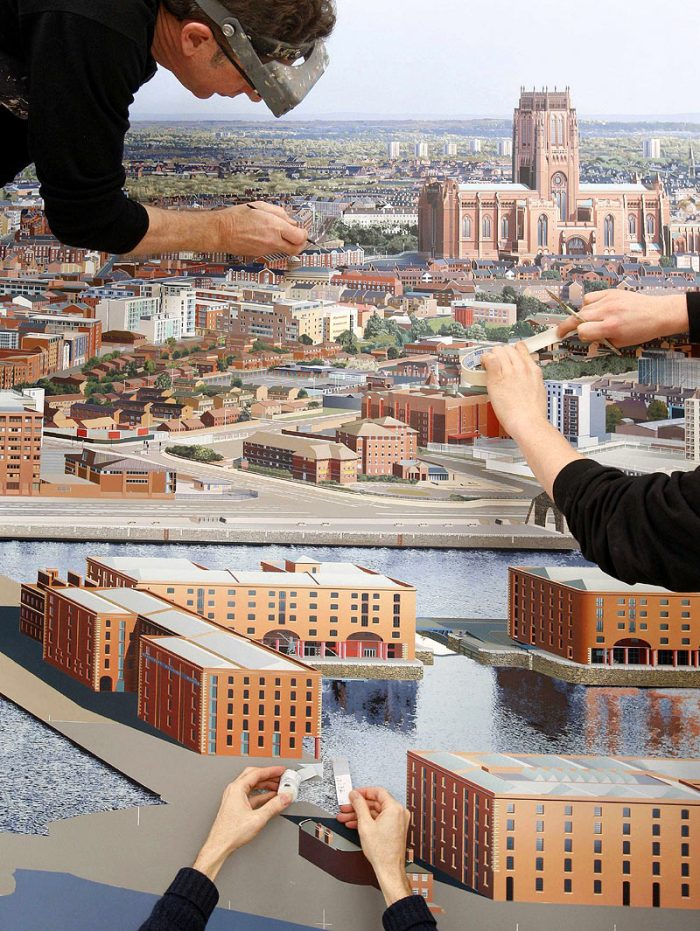
Fatima Al Qadiri
leave a comment »
A good friend flagged up this music video by the artist and music composer Fatima Al Qadiri. Both music and the video are just fantastic. I’ve attached the description for the video on YouTube, which positions the video as a piece of visual commentary as much as it is an accompaniment to the music (you can def read it as a critique on the objectification of young Arab women):
“Fatima Al Qadiri’s ‘How Can I Resist U’ is a love letter to London in general and Dubstep (before it wobbled) in particular. “Lenden” as it’s known has become a historic site of pilgrimage for wealthy Arabs seeking the forbidden fruits of sex, drugs and alcohol.”
If you are impressed enough with the video then go to her website. This woman is amazing.
http://fatimaalqadiri.com/
Written by Max Colson
January 24, 2012 at 9:33 pm
Posted in Uncategorized
Tagged with artist, commentary, composer, dubstep, fatima al qadiri, music video, musician, objectification, progressive, visua, woman, women